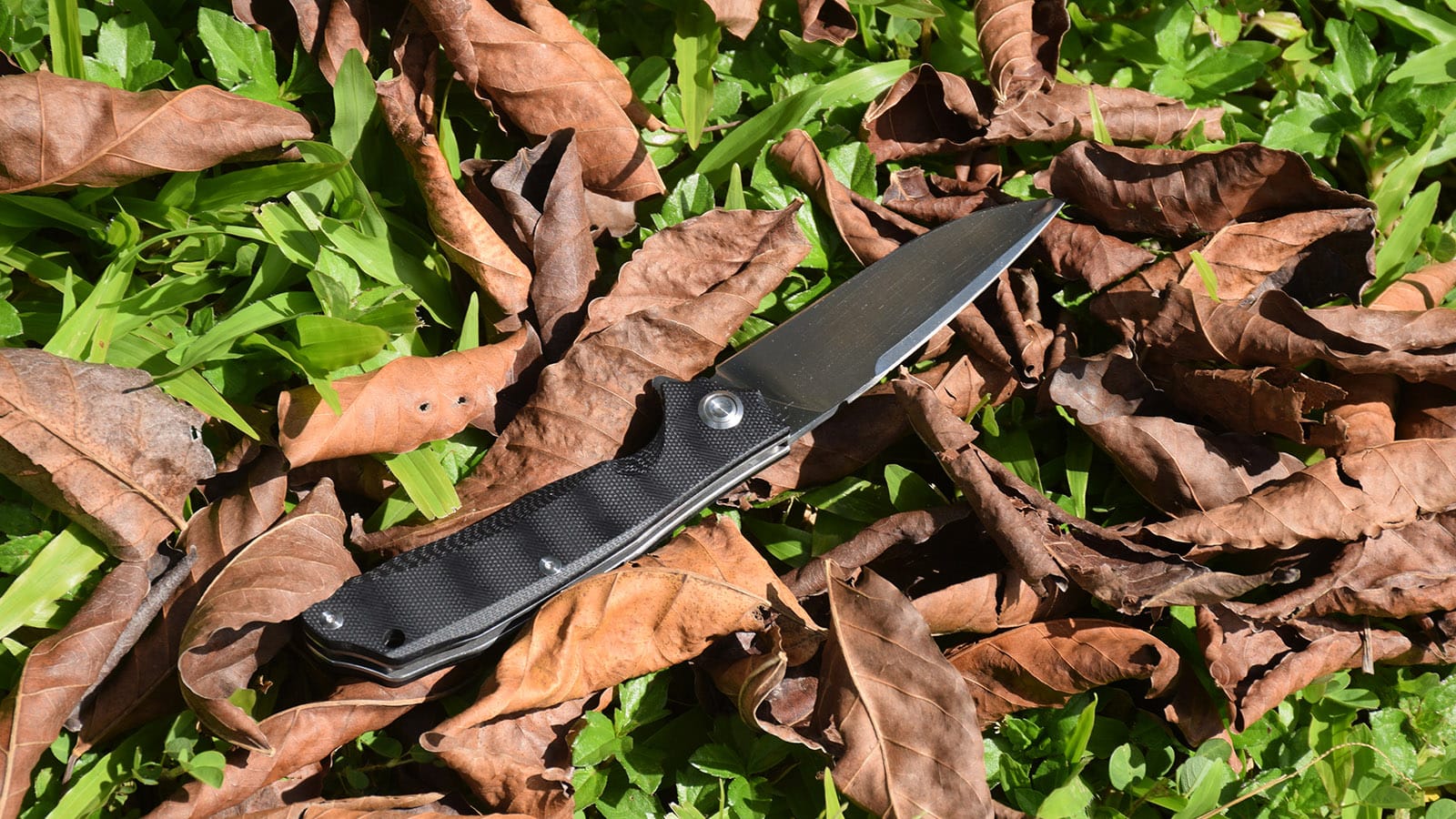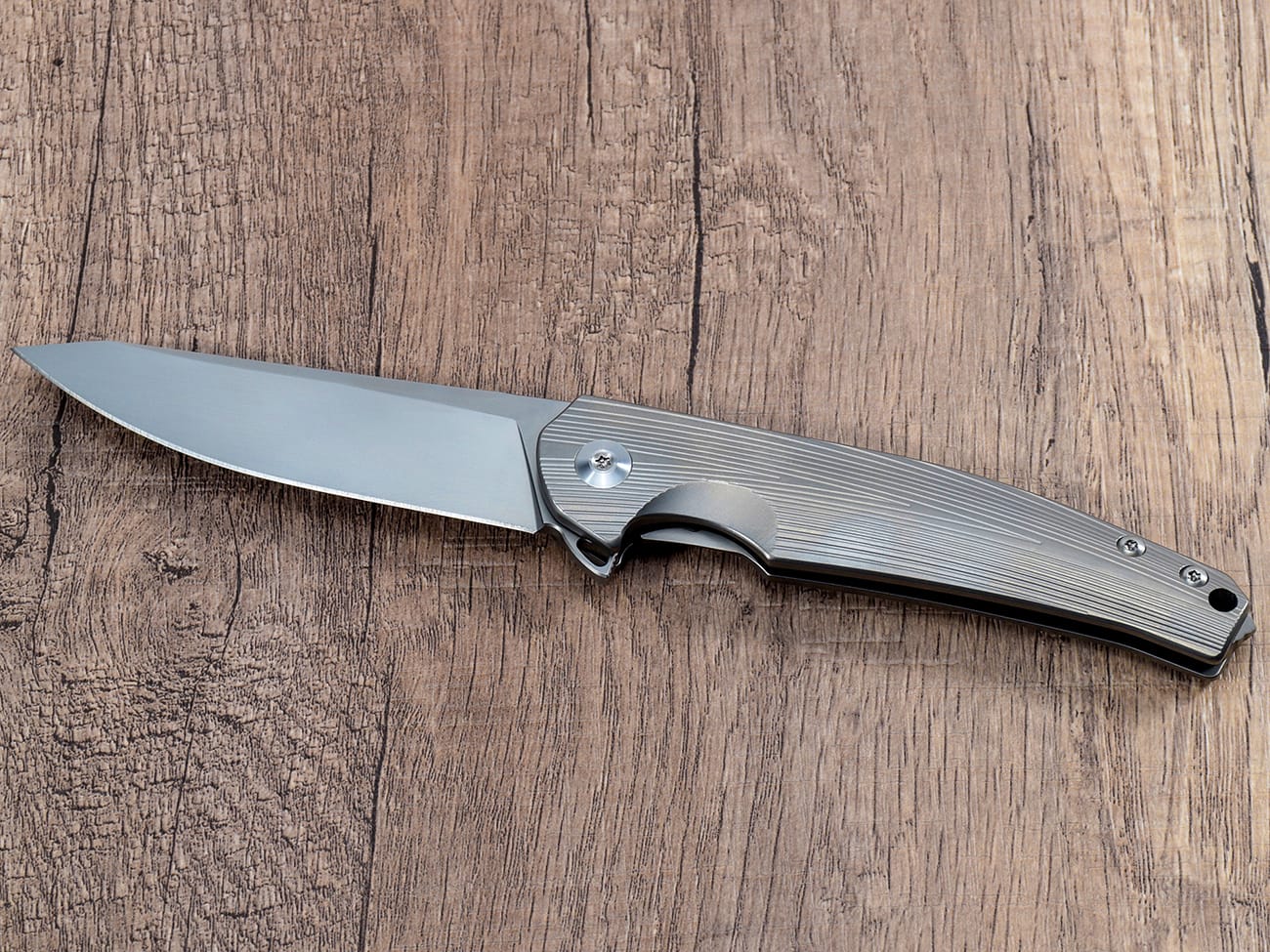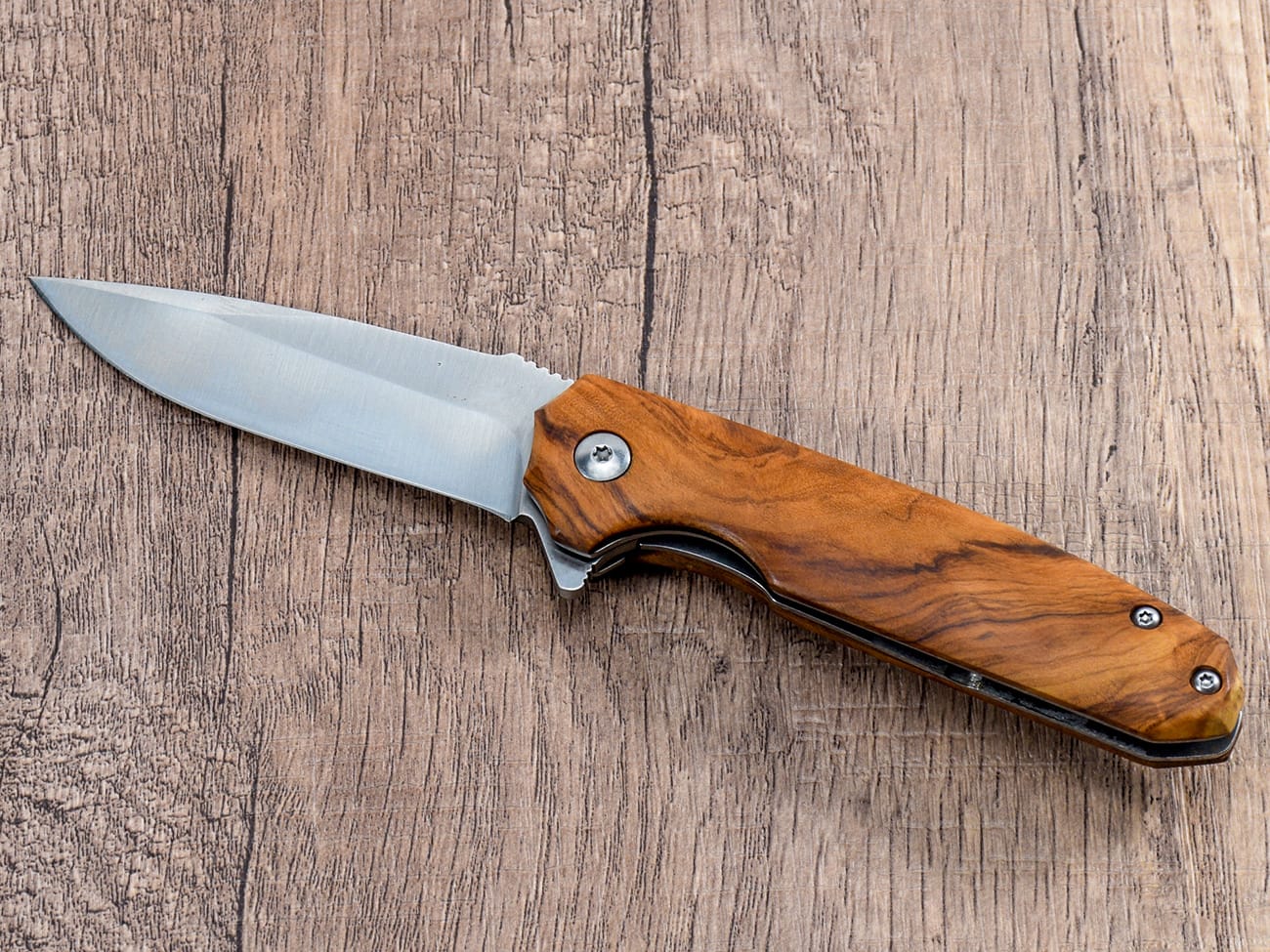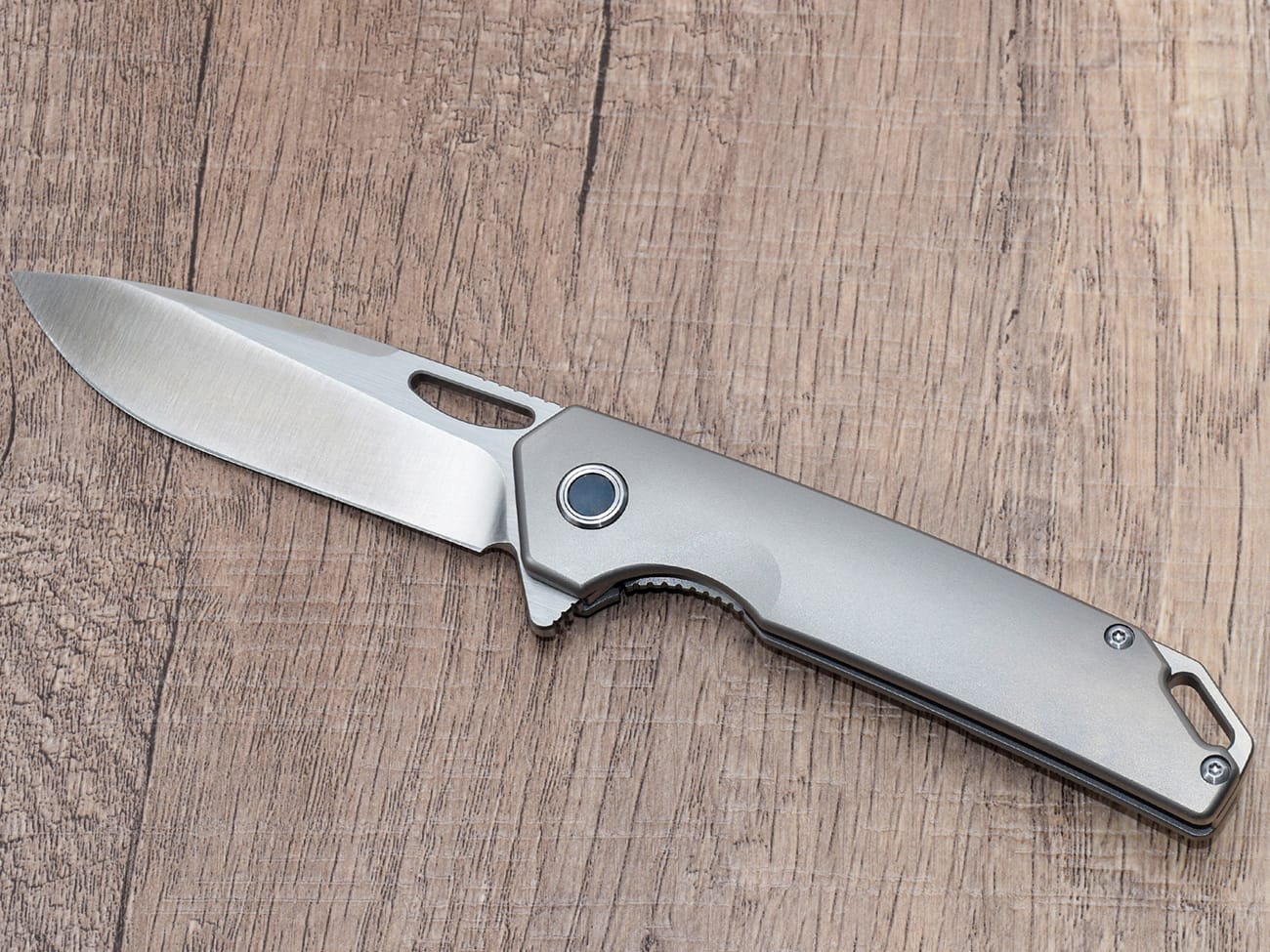Upgrading your pocket knife’s pivot system from washers to bearings can dramatically improve its action and performance. This comprehensive guide explores the possibilities, challenges, and practical considerations of this popular modification. Whether you’re a knife enthusiast or a maker looking to enhance your folder’s smoothness, this article will help you understand the intricacies of this upgrade.
What Are Knife Washers and Why Would You Replace Them?
The washer system in a folding knife serves as a crucial component that allows the blade to rotate smoothly around the pivot. Traditional phosphor bronze washers have been the industry standard for decades, providing reliable performance and durability. However, some users seek even smoother action, leading them to consider bearing upgrades.
Understanding Ball Bearing Systems in Folding Knives
Ball bearings represent a more advanced pivot system that can significantly reduce friction during blade deployment. These systems typically use either caged bearings or loose ball bearings arranged in a circular pattern around the pivot. The primary advantage is the reduced contact surface area, which can result in remarkably smooth operation.
The Pros and Cons of Bearing vs. Washer Systems
Advantages of Ball Bearings:
- Smoother action
- Reduced friction
- Enhanced flipper deployment
- Modern feel and performance
Advantages of Washers:
- Greater durability
- Better resistance to debris
- Lower maintenance requirements
- More cost-effective
Technical Considerations Before Making the Switch
Before replacing your knife’s washer system, several factors need careful consideration:
- Pivot hole diameter and tolerance
- Blade thickness around the pivot
- Liner or frame lock design compatibility
- Overall knife construction
Unable to render imageA modern folding knife featuring a precision ball bearing pivot system
How to Determine if Your Knife Can Accept Bearings
Not every folding knife can be converted to use bearings. Key factors include:
- Adequate clearance for bearing races
- Proper pivot diameter
- Sufficient structural support
- Compatible lock mechanism
Step-by-Step Guide to Installing Bearing Systems
- Disassemble the knife carefully
- Remove existing washers
- Clean all components thoroughly
- Check pivot tolerances
- Install bearing races if required
- Place bearings in position
- Reassemble with proper tension
Common Challenges and Solutions
When converting from washers to bearings, you might encounter:
- Clearance issues
- Alignment problems
- Lock stick
- Blade play
Maintenance Requirements for Bearing Systems
Bearing-equipped knives require specific care:
- Regular cleaning
- Proper lubrication
- Protection from debris
- Periodic inspection
Best Practices for Long-Term Performance
To ensure optimal function of your EDC knife, follow these guidelines:
- Use appropriate lubricants
- Keep pivots properly tensioned
- Avoid exposure to contaminants
- Regular maintenance schedule
When to Stick with Washers Instead
Some situations where traditional washers might be preferable:
- Heavy-duty use scenarios
- Dirty environments
- Budget constraints
- Specific knife designs
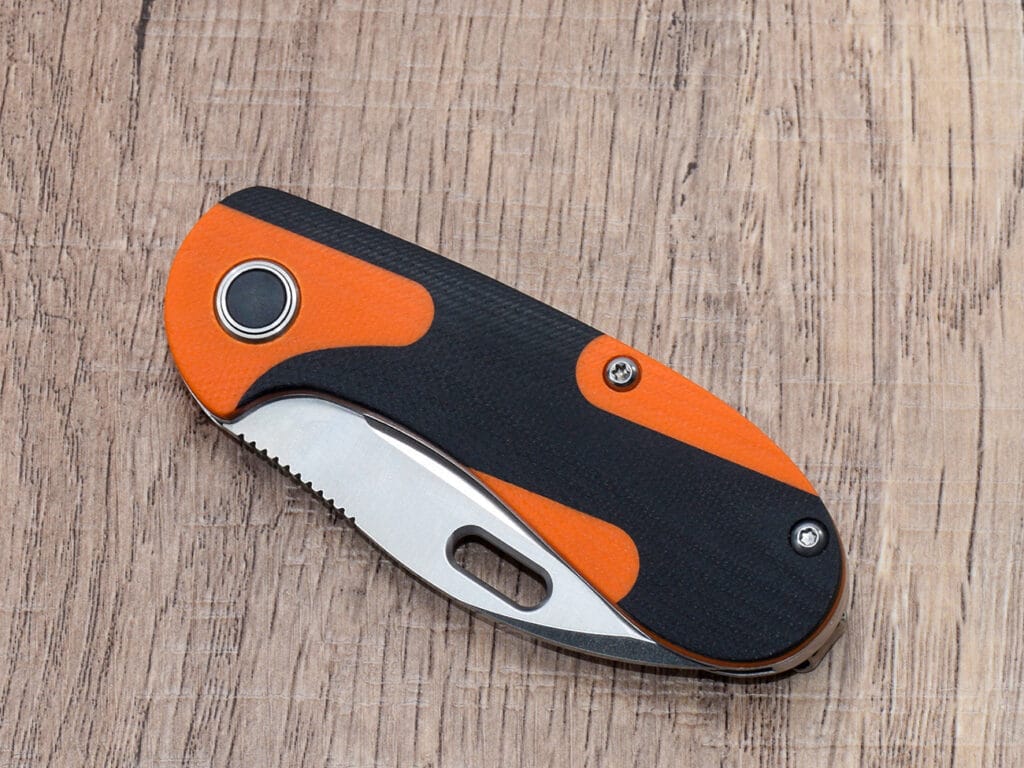
Key Points to Remember:
- Not all knives can be converted to bearings
- Consider your usage environment
- Maintenance requirements differ
- Cost vs. benefit analysis is crucial
- Professional installation may be necessary
- Performance expectations should be realistic
The decision to replace washers with bearings in your pocket knife should be based on careful consideration of your specific needs, usage patterns, and the knife’s design. While bearings can offer impressive smooth action, they’re not always the best choice for every situation or user.

